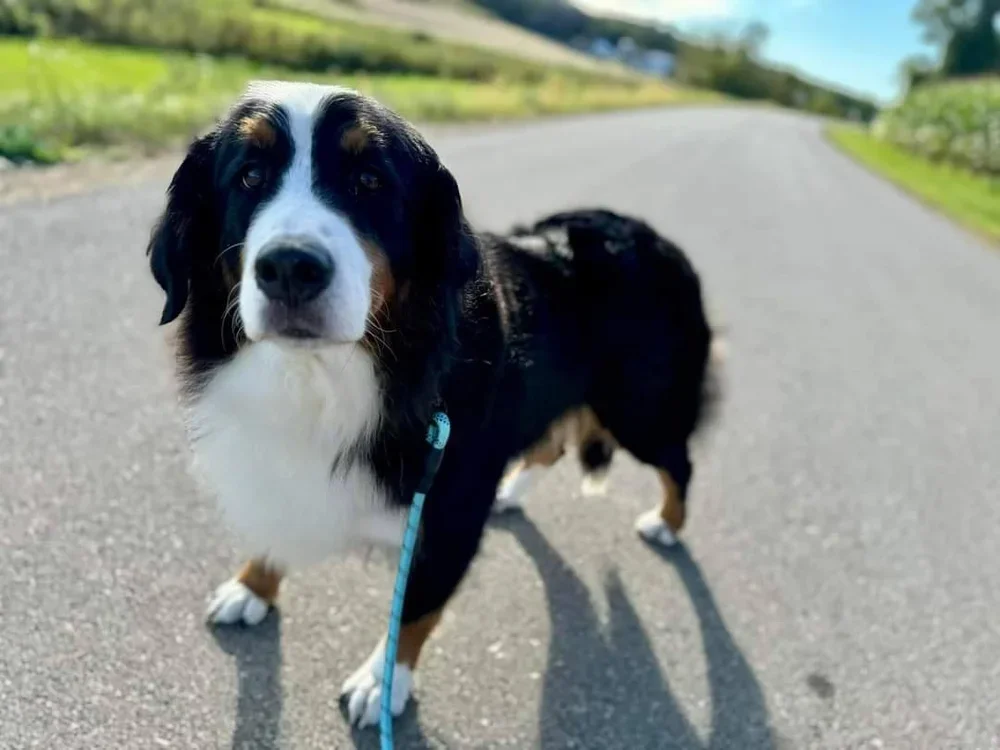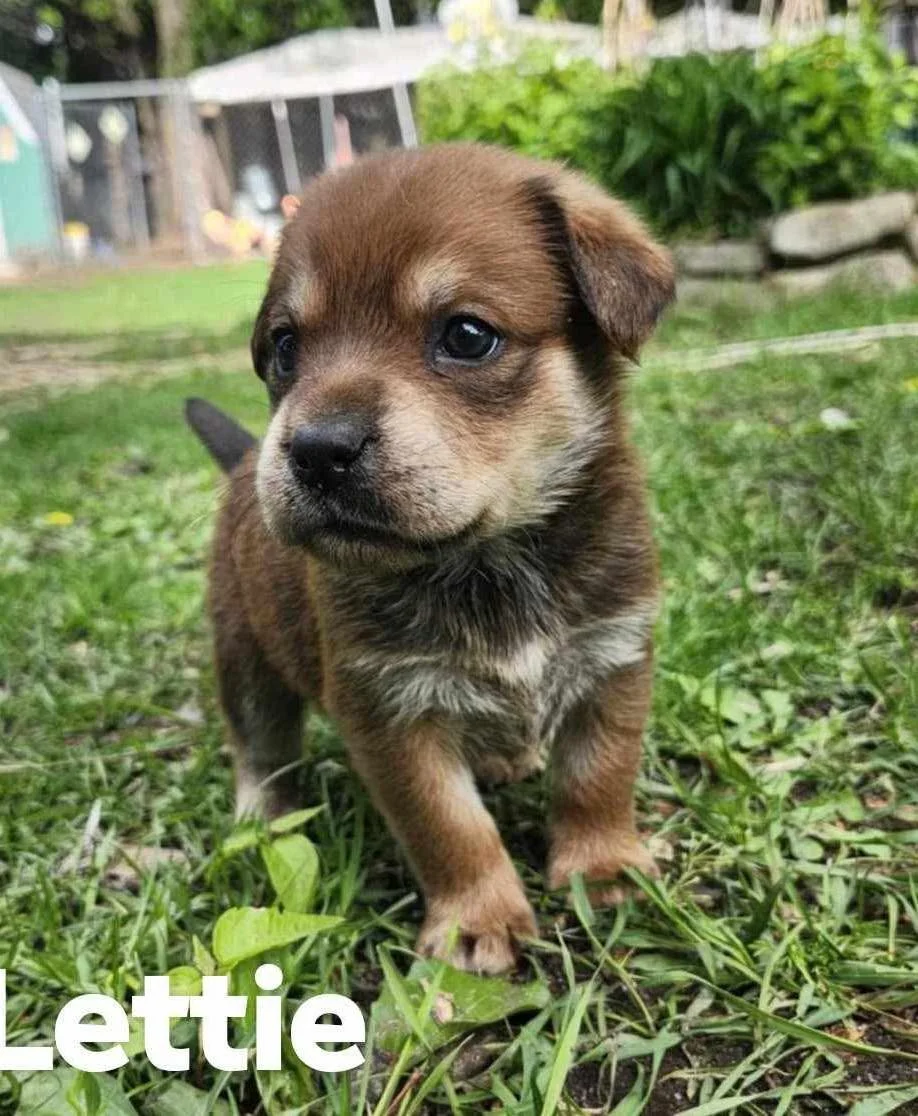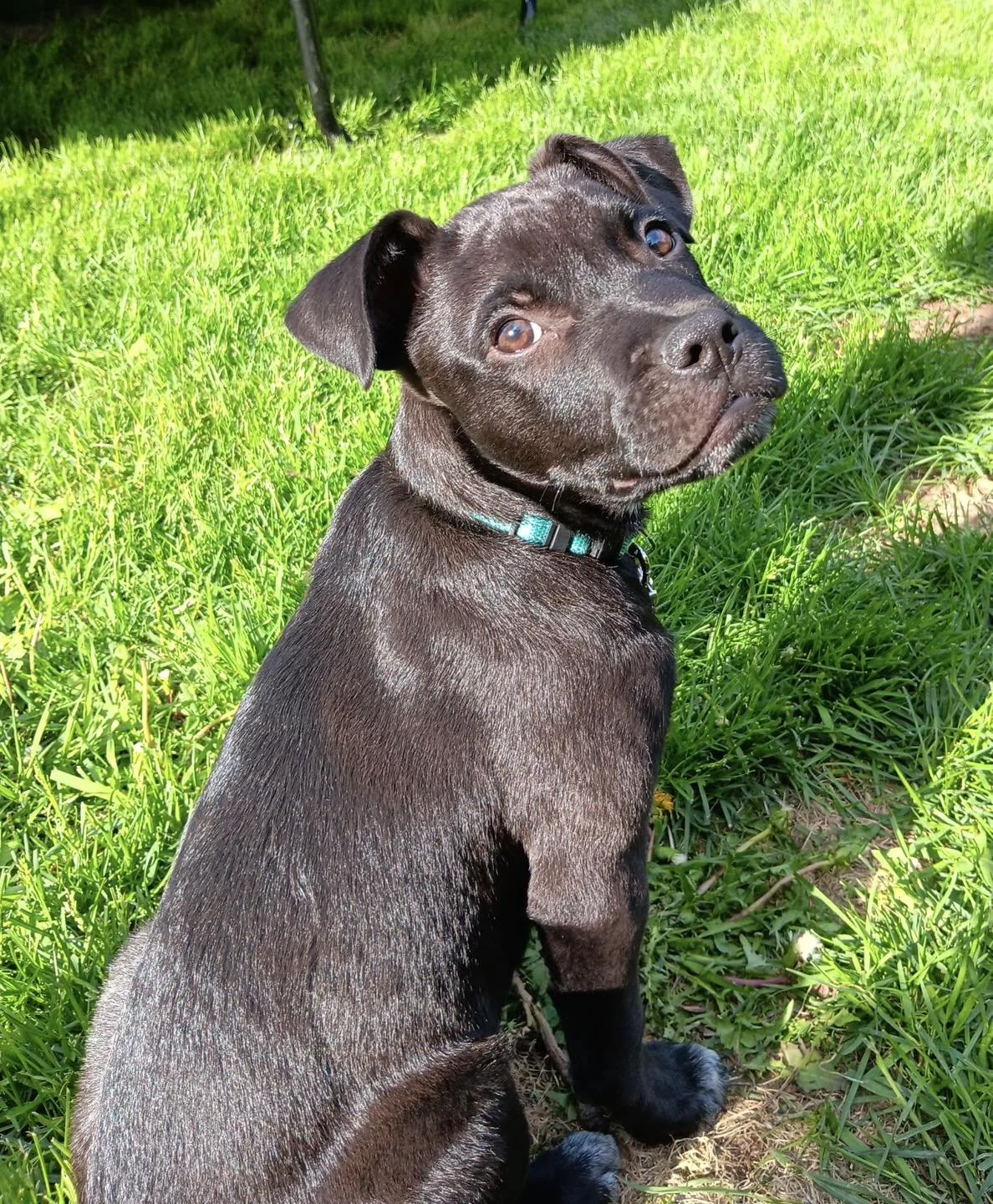Adopter Resources
Congratulations on your new furry friend! This page offers guides on how to access medical records, apply for another pet, and learn tips like the 3-3-3 rule. We're here to support your adoption journey!
-

Spay/Neuter Follow-Up
If you adopted an animal that was not yet spayed or neutered, please email us at adopt@tailsofhopewi.org once the procedure has been completed.
-

Join Our Alumni Facebook Group
We love staying connected with our adopted pups and their families! Be sure to join our Tails of Hope-WI Alumni Facebook group to share updates, ask questions, and connect with other adopters. The link was provided for you in your final adoption email—don’t miss it!
-

Fill Out Our Adoption Survey
We value your feedback and love hearing about your experience! Be sure to fill out our Tails of Hope-WI Adoption Survey—the link was provided in your final adoption email. Your input helps us improve and continue making perfect matches!
-

Adding Your Application to Another Dog
If you’d like to adopt another furry family member or the dog you originally applied for has already been adopted, the provided PDF will guide you through the process. It includes step-by-step instructions on transferring your application or reapplying for a different dog to help you find your perfect match.
-

Adopter Portal Instructions
Access your Animal’s First Portal to find everything you need for your adopted pet, including medical records, adoption photos, receipts, and your contract. This PDF will guide you through logging in and navigating the portal.
-

Celebrate in Style
We love welcoming new adopters into the Tails of Hope family! Now that you’ve found your perfect match, treat yourself and your new family member to some official Tails of Hope-WI merch. From comfy hoodies to pup-approved bandanas, every purchase helps support our mission and future rescues!
-

Potty Training
•A consistent daily schedule is key to successful potty training. Include regular trips outside every 10-15 minutes after meals, playtime, naps, and before and after crating.
•When outside, take your new pup to the same spot every time and use a leash. Reward them with treats and praise immediately after they finish. Once they’ve relieved themselves, you can reward them with playtime.
•If your puppy has an accident indoors, clean it with a non-toxic product. Avoid cleaners with ammonia, as they can irritate your puppy’s eyes, skin, and respiratory system.
-
Rule of 3 Decompression Timeline
Each dog will adjust differently, so follow the guideline below while allowing them to go at their own pace:
In the First Three Days:
• Overwhelmed, scared, unsure.
• Not comfortable enough to be "himself."
• May not want to eat or drink.
• Will likely want to curl up in the crate or hide.
• Testing boundaries.
After Three Weeks:
• Starting to settle in.
• Feeling more comfortable.
• Realizing this could be their forever home.
• Adjusting to routine.
• Personality begins to show.
After Three Months:
• Completely comfortable and trusting.
• Strong bond with family.
• Fully adjusted to the routine. -

Vaccines and Preventatives
Core vaccinations protect your puppy from serious diseases that are contagious and can be life-threatening.
•DHPP (Distemper, Hepatitis, Parainfluenza, Parvo): A series of 4 shots over 12 weeks. This is an annual vaccine.
•Rabies: Required by law by 5 months in many states, including Wisconsin and Minnesota. Rabies vaccines are typically given every 1-3 years.
•Bordetella: Protects against kennel cough. Administered annually.
•Simparica Trio: A once-a-month chewable that protects against heartworm, ticks, fleas, roundworms, and hookworms.
-

Food and Treats
•Quality Food: Choose food that is well-balanced in protein, carbohydrates, and healthy fats to support your puppy’s development. Avoid highly processed foods. Recommended Brands: Purina One, Purina Pro Plan.
•Free Feeding: We recommend free feeding within a designated time frame (e.g., 7 am to 7 pm). This allows your puppy to eat as much as they need without worrying about specific mealtimes.
•Benefits of Free Feeding: Your puppy can eat when they’re hungry and won’t miss meals if you’re running late. Reduces food guarding behavior because your puppy has constant access to food.
•Treats: When training, consider using dry dog food as treats, or try boiled chicken breast or liver (frozen in snack baggies).

